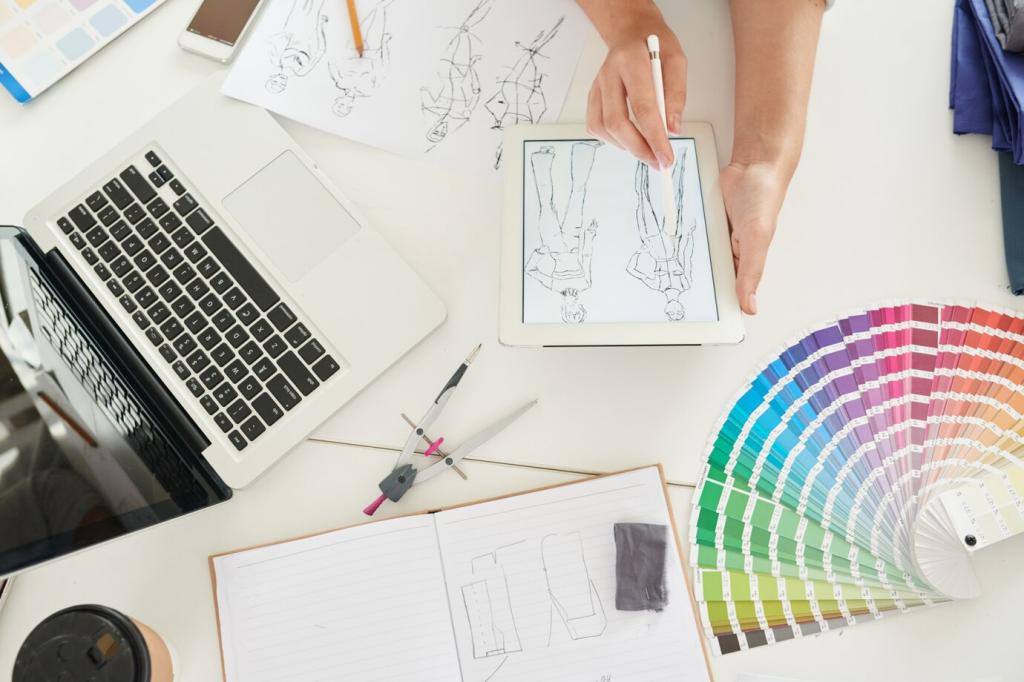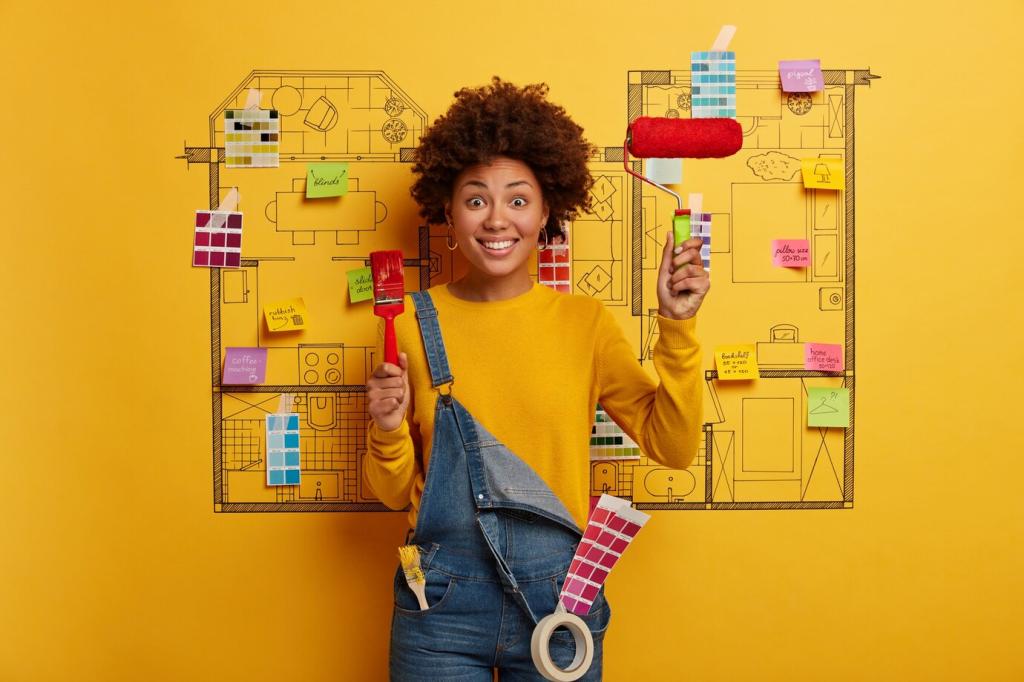Crafting the Narrative Blueprint
Select a hero object—an heirloom chair, sculptural light, or art piece—that captures your space’s values and sets the tone. Let its provenance, material honesty, and silhouette anchor decisions. Comment with your chosen protagonist and why it deserves the lead role in your home’s narrative.
Crafting the Narrative Blueprint
Establish mood through palette, light orientation, and sensory cues. Calm, grounded, or exuberant—name it. Borrow references from travel, nature, or cinema to guide choices. Share three words summarizing your mood, and we’ll suggest visual motifs that translate feelings into a consistent interior language.
Crafting the Narrative Blueprint
Map how someone enters, pauses, and discovers details. Design sightlines that reveal moments in order: foyer introduction, living-room exposition, dining climax, cozy den epilogue. Sketch circulation paths and note key reveals. Post your floor plan and we’ll help strengthen narrative flow and transitions.
Crafting the Narrative Blueprint
Lorem ipsum dolor sit amet, consectetur adipiscing elit. Ut elit tellus, luctus nec ullamcorper mattis, pulvinar dapibus leo.



